Several other works revel in the beauty of the natural world. Fantasma (above) creates glowing fashion by injecting silkworm eggs with jellyfish or coral DNA. The Nanobionic Plant Project breeds bioluminescent plants that are both beautiful and can light our homes. Mischer’Traxler’s Curiosity Cloud encourages us to marvel at the planet’s biodiversity with their glass bulb installation filled with fluttering insects.
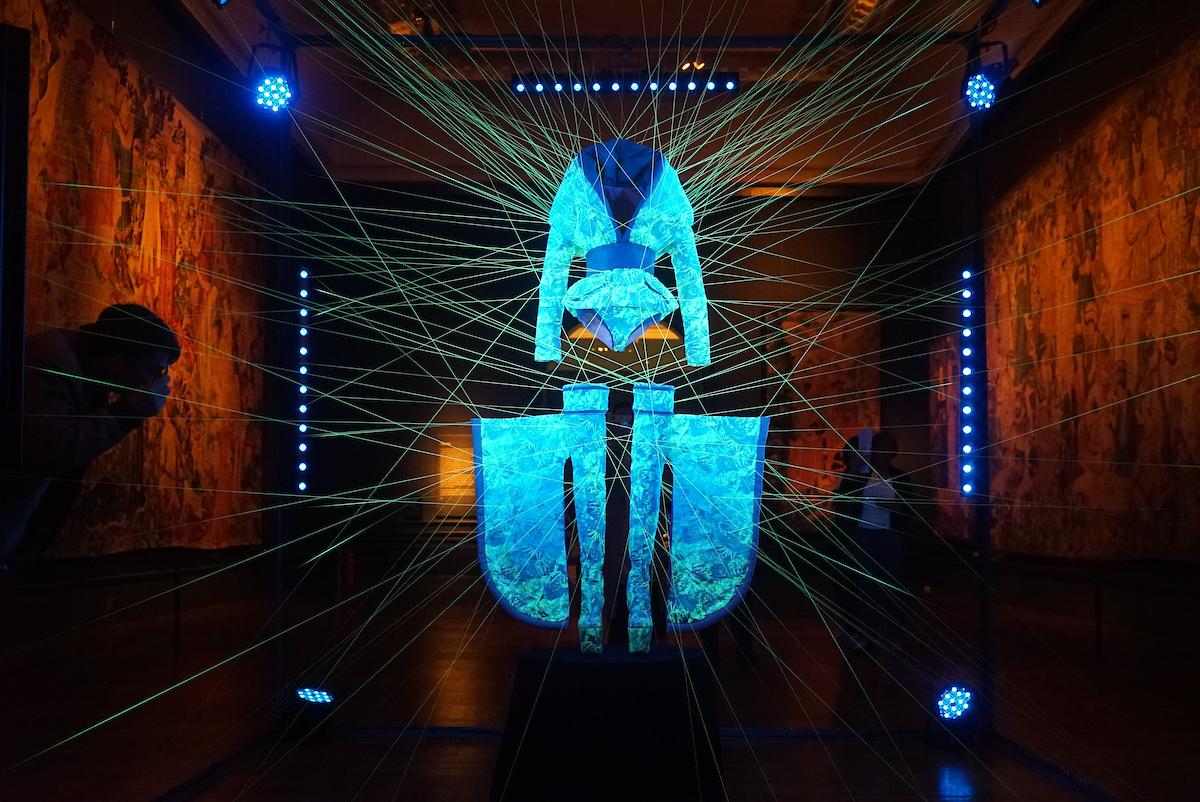
Tranceflora, 2015–19; Sputniko! (Hiromi Ozaki) (Japanese, b. 1985) and Masaya Kushino (Japanese, b. 1982), Another Farm (Tokyo, Japan), in collaboration with National Agricultural and Research Organization (NARO) (Tsukuba, Ibaraki Prefecture, Japan, founded 2006) and Hosoo (Kyoto, Japan, founded 1688); Glowing transgenic silk.
In an ever-changing world, artists and designers seek to simultaneously make sense of the change and to shape it. That challenge has never been greater in the industrialized, digitized 21st century, which shifts and grows at an exponentially increasing pace. Nature—Cooper Hewitt Design Triennial, the museum’s sixth triennial, brings together a wide range of designers engaging with art and science in cutting-edge ways to address one of the major challenges of our time. Just as the natural world is changing as a result of human impact, through their work, designers help humans adapt to these changes, and seek to remediate them. The work on show at Nature captures both the breadth of creative approaches to these problems and the depth of these problems themselves.
The triennial is divided into seven categories that represent the project’s goals in relation to the natural world: Understand, Simulate, Salvage, Facilitate, Augment, Remediate and Nurture. Throughout the exhibition, humanity’s ability to alter nature is astounding. A special installation in the museum’s garden shows how humans have been cultivating this skill for centuries. Sam Van Aken’s The Tree of 40 Fruit is a hybrid that will blossom with apples, pears, plums, peaches, cherries and apricots. A beautiful and delicious Frankenstein of the natural world, the artist used centuries-old grafting techniques to propagate dozens of heirloom and rare fruit varieties threatened by industrial fruit production.
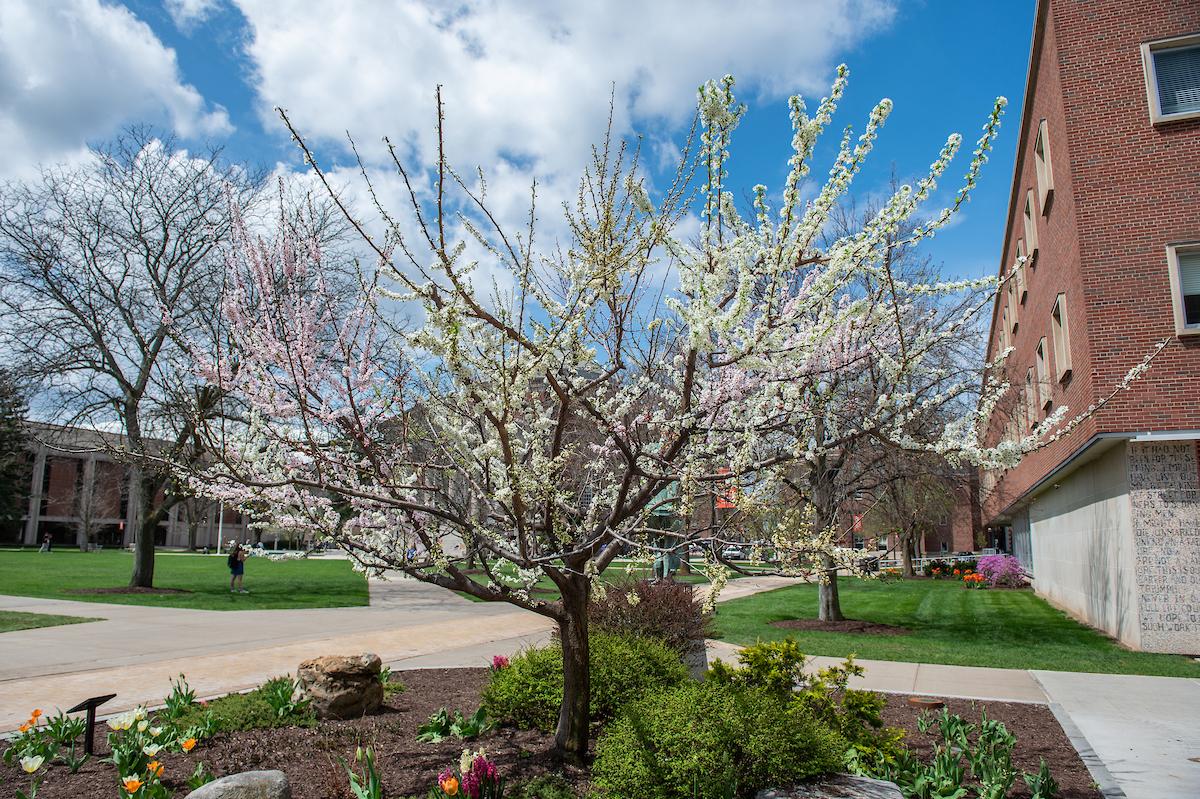
Tree of 40 Fruit, 2008–ongoing; Sam van Aken (American, b. 1972); Cultivar tree with grafts; Dimensions variable; Courtesy of Sam van Aken and Ronald Feldman Fine Arts
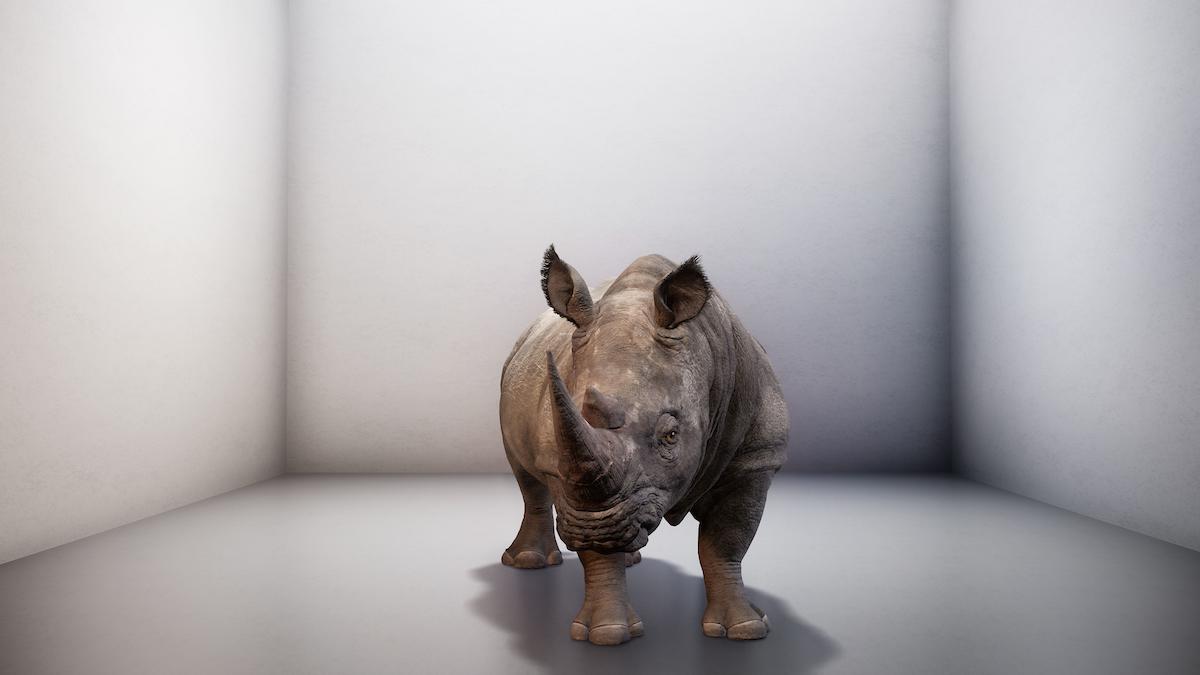
The Substitute, a CG animation and visualization of the extinct male northern white rhino created by The Mill, with behavior based on research by DeepMind. Alexandra Daisy Ginsberg, 2019.
Other installations are less optimistic, like Alexandra Daisy Ginsberg’s The Substitute, a digital stand-in for the now extinct Northern white rhino. Like the slew of resurrected artists now touring via hologram (Whitney Houston may be next), Ginsberg’s rhino is visually impressive but primarily serves as a tragic reminder of the loss of this animal. For Resurrecting the Sublime, Ginsberg worked with artist Sissel Tolaas and synthetic biologist Christina Agapakis of Ginkgo Bioworks to recreate the smells of extinct flowers. Created using DNA from specimens preserved at the Harvard University Herbaria, reviving these lost scents engages us with extinction in a surprisingly emotional way.
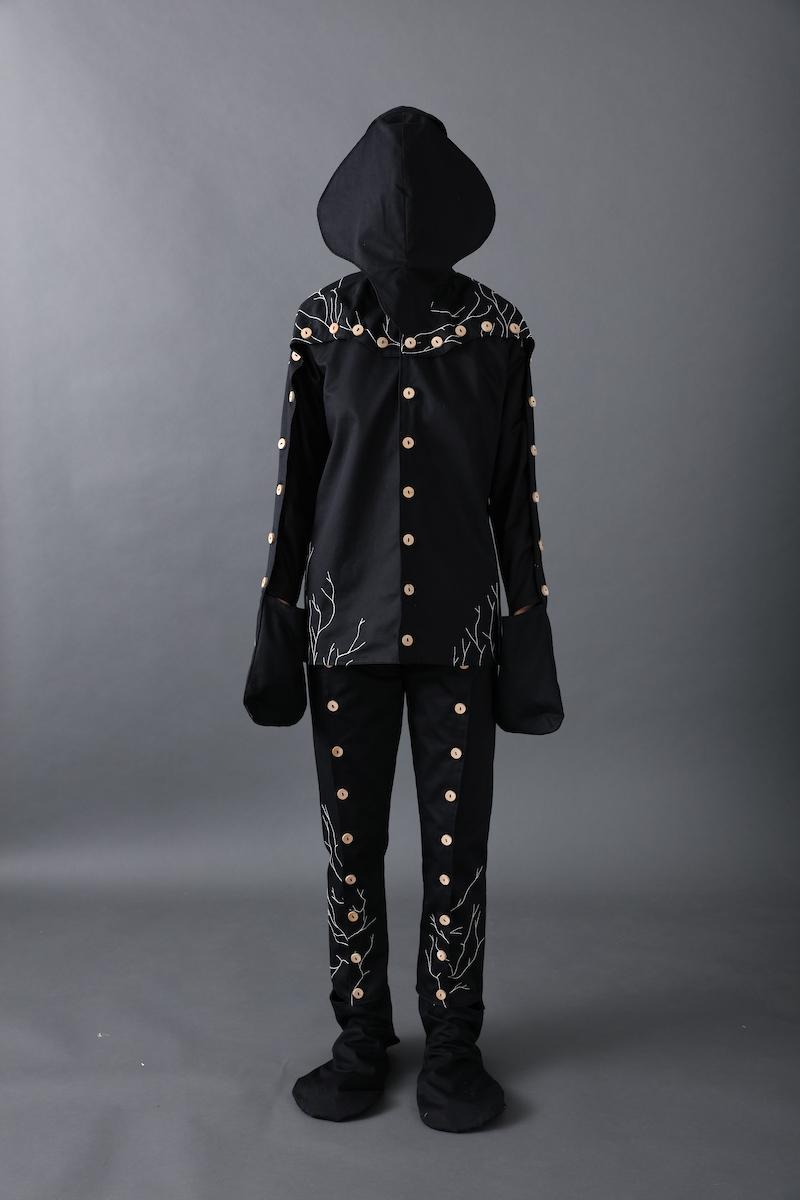
Infinity Burial Suit, 2016–ongoing; Jae Rhim Lee (Korean, b. 1975), Coeio (Mountain View, California, USA, founded 2008); Mycelium spores, fabric, microorganisms.
Some take the approach of trying to make the best of the damage humans have already done to the environment. AIR-INK cleans the air of carbon emissions, concentrating them into a useable ink. Designer Jae Rhim Lee’s Infinity Burial Suit offers a way for us to continue our environmental work after death: his organic cotton suit assists the natural decomposition process by breaking down toxins we’ve absorbed and accumulated over our lifetime.
Designers are also creating incredibly innovative and useful tools, like Reef Design Labs’ Eco-Engineered Hexagonal Seawall Tiles, which help create ecosystems by fostering marine life on existing sea walls. National Design Award-winner Stamen Design’s Metagenomic Data Visualization helps scientists in the lab through a software that creates genome summaries. Monarch butterflies have been particularly affected by climate change, and Terreform ONE’s Monarch Sanctuary propose new urban habitats for the migrating insects.
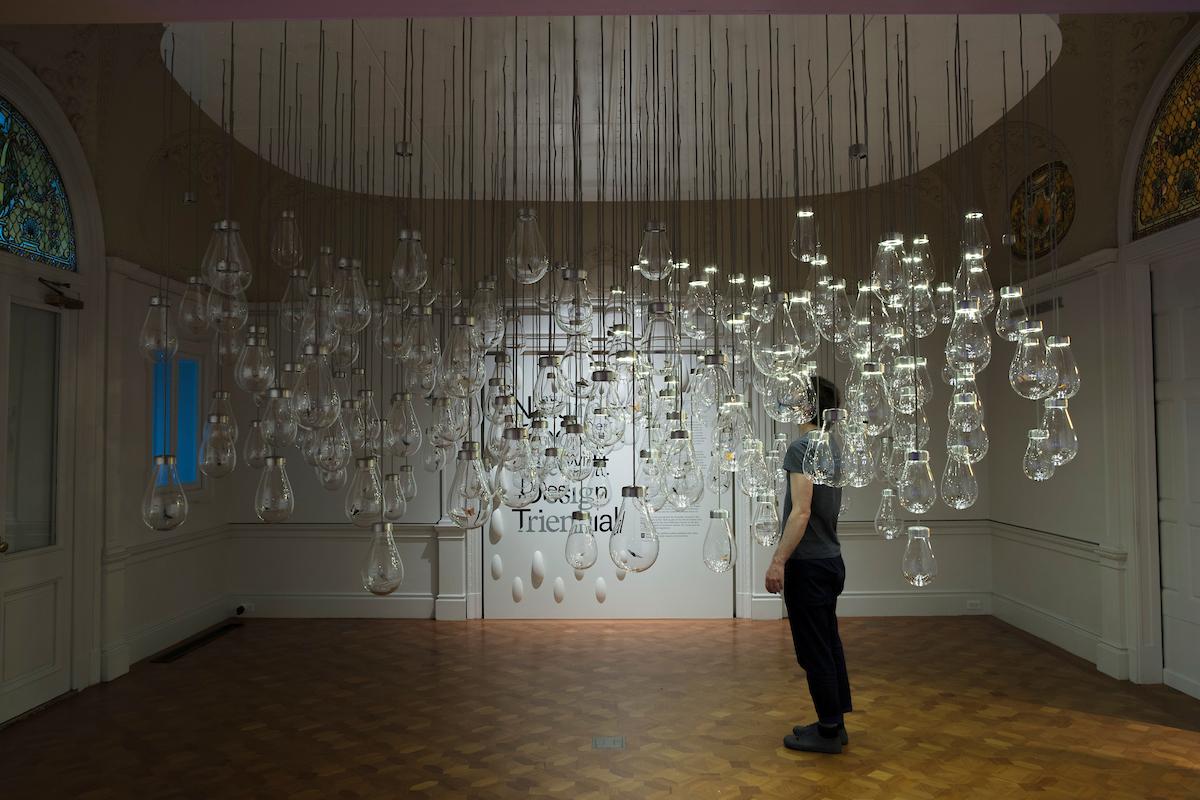
Mischer’Traxler’s Curiosity Cloud installed at Nature—Cooper Hewitt Design Triennial
Presented at the Cooper Hewitt in New York and at the co-organizing Cube design museum in Kerkrade, Netherlands, through the over 60 projects on display, Nature shows what is possible when creative minds across a range of disciplines collaborate to face the world’s challenges. From the thought-provoking and simply beautiful, to purely functional tools, designers are bringing much-needed attention and innovation to humanity’s changing relationship with nature.
























